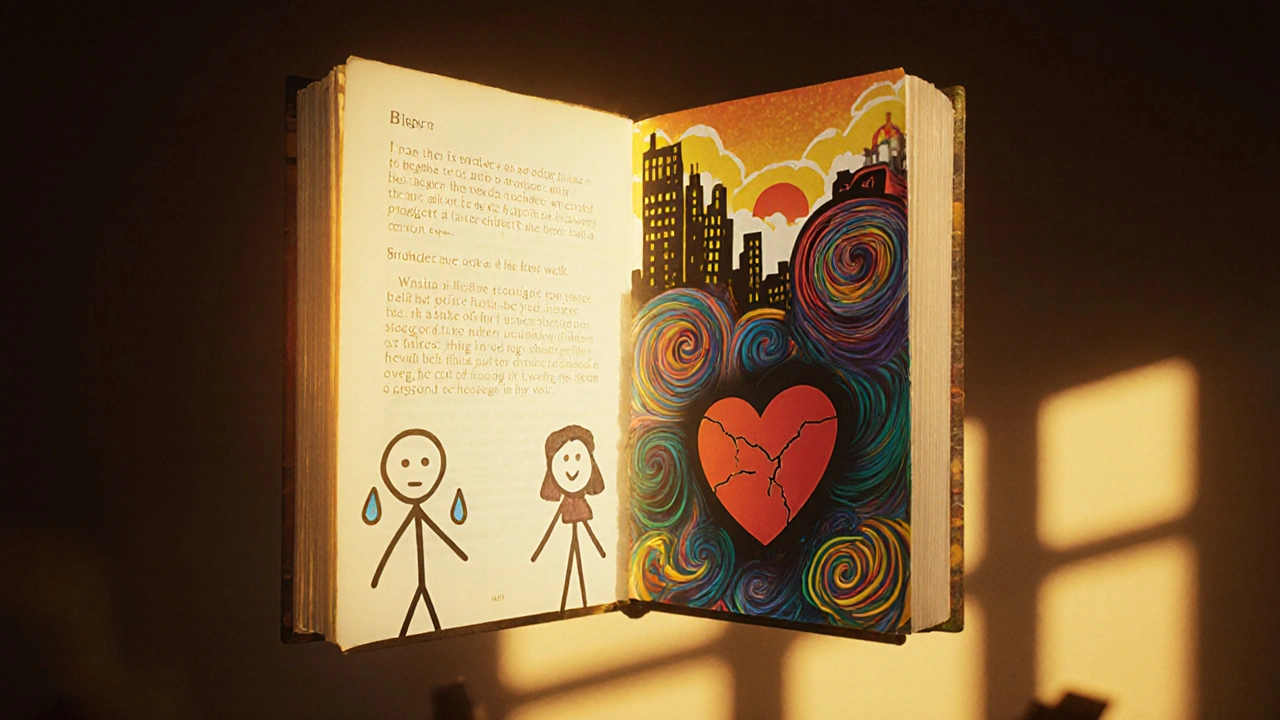Writing Balance: How Film Storytelling Finds Harmony Between Emotion and Structure
When we talk about writing balance, the careful integration of emotional depth and structural discipline in storytelling. It’s not just about pretty dialogue or clever twists—it’s about making sure the heart of the story doesn’t get lost in the mechanics, and the mechanics don’t suffocate the heart. This is what separates forgettable films from ones that stay with you long after the credits roll. Think of it like walking a tightrope: too much emotion without structure feels messy and aimless; too much structure without emotion feels cold and robotic. The best films—like Agnès Varda’s intimate essays or Hayao Miyazaki’s environmental fables—get this balance right by letting feeling drive the form, not the other way around.
screenwriting, the art of crafting stories specifically for the screen. Also known as film writing, it’s not just about writing scenes—it’s about writing for how people experience stories visually and aurally. A great screenplay doesn’t tell you how a character feels; it shows you through silence, a glance, or the way light falls on their face. That’s why writing balance matters so much in indie cinema. Films like The Killer or Long-Distance Love Stories in Film prove that restraint can be more powerful than explosion. You don’t need a monologue to make someone cry—you need the right pause, the right cut, the right detail. And that’s where writing balance becomes invisible magic.
It’s also about emotional truth, the authenticity of human feeling that connects viewers to characters, even in fantastical worlds. Whether it’s a character crying on cue because they’ve accessed real memory, or a post-apocalyptic world where survival hinges on human connection, the emotion has to feel earned. Writing balance means giving space for that truth to breathe—not forcing it, not rushing it. Meanwhile, narrative structure, the underlying framework that organizes a story’s events. isn’t about following a rigid three-act formula. It’s about knowing when to stretch time, when to cut abruptly, and when to let silence speak. Look at David Fincher’s films—they use structure like a scalpel. Every cut serves the emotional rhythm.
You’ll find all of this reflected in the films and essays here. Some posts dig into how actors make tears real. Others break down how sound design or production design carries emotional weight. One looks at how screen reader accessibility changes how reviews are written—because if your story doesn’t land for everyone, the balance is off. This isn’t a collection of theory papers. It’s a toolkit for anyone who’s ever watched a movie and thought, Why did that hit me so hard? The answer’s always in the balance.
Learn how to balance plot summary and analysis in book reviews and literary writing. Discover the right proportions, proven techniques, and why most reviews fail to connect.
View More

